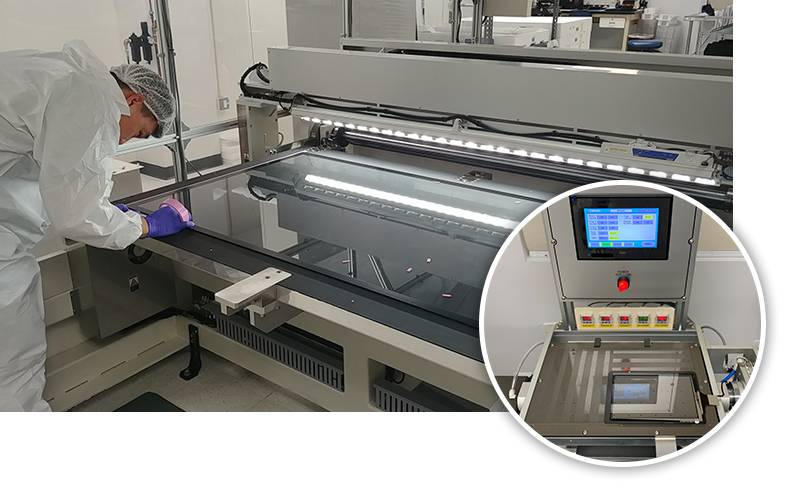Optical Bonding
BSI > Capabilities > Optical Bonding
OUR CAPABILITIES
Glass Bonding / OCA Bonding / OCR Bonding
Bi-Search International has been providing Optical Bonding services since 2013. Over many years of experience, we have established a base of materials and processes that can be tailored to your specific application. Whether it is indoor or outdoor, we have a solution for you. Our product have been pushed to the limits and are tried and true on the field.
What is Optical Bonding?

In-house automated Optical Bonding process with high accuracy and consistency
Capability to Glass Bonding
Capability to bond various sizes between 2.8” and 105” OCA Bonding and OCR Bonding
Class 1,000 / Class 10,000 Clean Room
Multiple OCR / OCA adhesive configurations depending upon performance / environmental requirement
Adjustable Optical Bonding line thickness
In-House equipment and testing

OCA Bonding
(Dry Bonding with Clear Adhesive Sheet)
Available Size: 2.0” - 65”
In-House Automated / Semi-Automated
Clean Room A
2,500 Sq. Ft.
Clean Room B
2,500 Sq. Ft.
OCR Bonding
(Wet Bonding with Clear Resin)
Available Size: 2.0” - 105”
In-House Automated / Semi-Automated
